Isidor Gunsberg - Hungarian Chess Computer
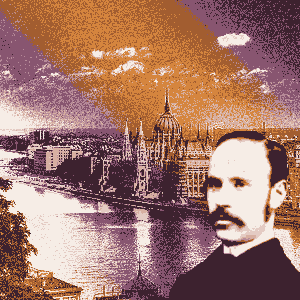
Isidor Gunsberg
He was regarded as one of the strongest players in the world in the late 1880s and early 1890s. He lived much of his life in England after moving there as a young man.
Gunsberg's entry into chess came after a successful stint with Mephisto. Later he would vie with Michael Chigorin for the right to challenge a champion unloved by the old school purists.
Young Isidor
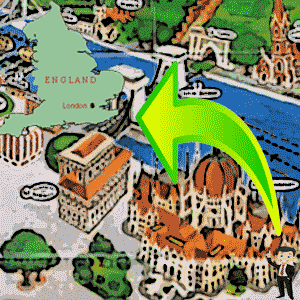
Isidor Gunsberg left Budapest for London in 1876
Gunsberg would not see much of the new city. He emigrated to London, England in 1876 and would live there for the rest of his life. He gained British citizenship in 1908.
As a young man he gained employment controlling the chess automation machine, Mephisto. Unlike earlier such machines such as the Turk, there was no chamber beneath the table for Gunsberg to hide in. He controlled Mephisto's moving arm by electromechanical means.
From Mephisto to Chess Professional
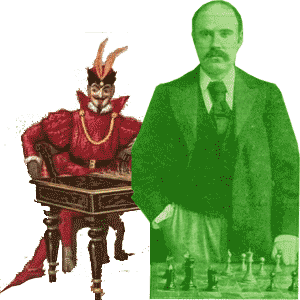
Isidor Gunsberg began as the player behind Mephisto before moving on to professional chess
He had a different routine for female opponents. He would first obtain a winning position before proceeding to lose. Then Mephisto, who was a life size figure of the devil, would stretch out his arm, take the lady's hand and kiss it. What a gentleman!
Gunsberg's success behind the scenes with Mephisto paved the way for his entry into competitive chess. It would not be long before he rose through the ranks to compete against the best players in England.
The Masterful Gunsberg

Isidor Gunsberg was very successful in the late 1880s and early 1890s
He further enhanced his growing reputation with match victories against Blackburne and Bird in 1886. He was a serious player now. He shared 1st with Amos Burn in the London 1887 tournament.
When he finished 3rd in New York in 1889 behind Chigorin and Weiss, those two declined to play off for the right to challenge Steinitz for the World Championship. Gunsberg pounced on the chance. He immediately challenged Chigorin to a match.
Stalemate with Chigorin
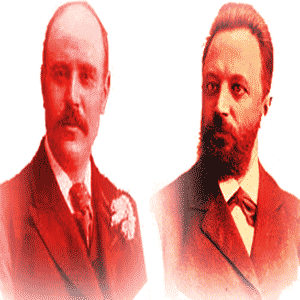
Isidor Gunsberg played a high profile match against Mikhail Chigorin in Havana in 1890
Chigorin and Weiss shared 1st prize in New York having drawn the playoff at the end of the tournament. Another longer match was mooted as a Candidate Final to determine the next challenger to Steinitz. For whatever reason neither were interested. Gunsberg saw an opportunity to strengthen his own claim for a shot.
He challenged Chigorin to a match though this was not an official Candidate's Match. Chigorin accepted. Gunsberg and Chigorin met in Havana in early 1890. Gunsberg proved that he and Chigorin were pretty evenly matched. They drew 9-9 (5 games drawn).
World Championship Decider
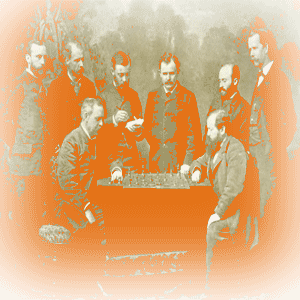
Isidor Gunsberg challenged William Steinitz for the World Championship across the winter of 1890/91
It was agreed that the winner would be the first to win 10 games or the most wins after 20 games were played. 9 wins apiece would result in a draw with Steinitz remaining as champion.
The stake for the match was $1,500 with an additional $20 for each game won, $10 each for each draw. Gunsberg received $150 to cover his expenses while in New York.
He pushed Steinitz hard, leading early, forcing Steinitz to fight back. Interestingly, Gunsberg could have claimed Game 18, tying the match at 5-5 with two to play, as Steinitz had not shown up for the game.
The Hungarian showed the kind of sportsmanship that was customary for the day and declined to do so. He played the game instead and Steinitz won it to move into what would prove to be a decisive 6-4 lead. A draw in Game 19 put the match out of Gunsberg's reach and that was that.
Later Years
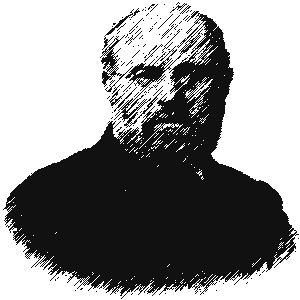
Isidor Gunsberg slipped out of top level chess after Hastings 1895
His last major tournament was Hastings 1895. He came in joint 15th out of a field of 22 masters. Still a good player but no longer in the top echelon.
He lived out the rest of his days in London. He died in 1930.
Moving On
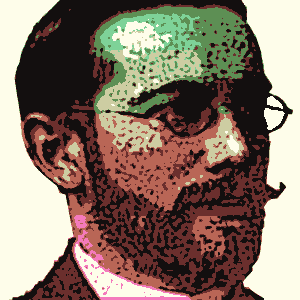
Siegbert Tarrasch
There is a pretty firm conviction at the clubs that Gunsberg, especially since the death of Zukertort, is the strongest and hardiest of the professional masters of the game, and that in his present condition he can be more trusted than anyone else to play up to his best form over a fortnight's course...
It will soon be time, by the way, to demand a match between Gunsberg and Steinitz - the old Achilles who sulks on his reputation in America. Mr Steinitz is giving us time enough in England to forget his prowess, and people already say that his victory over Zukertort, when the decline of the doctor's powers had manifestly set in, was not of sufficient importance to provide him with laurels for the remainder of his life.
No doubt, this is said partly by way of defiance, and in course of time it is pretty certain that the champion will have to descend into the lists again, and try conclusions with Mr Gunsberg.
As the 1890s wore on, more new players were coming through to battle for the major honors. One of these was the German, Siegbert Tarrasch.







Would you prefer to share this page with others by linking to it?